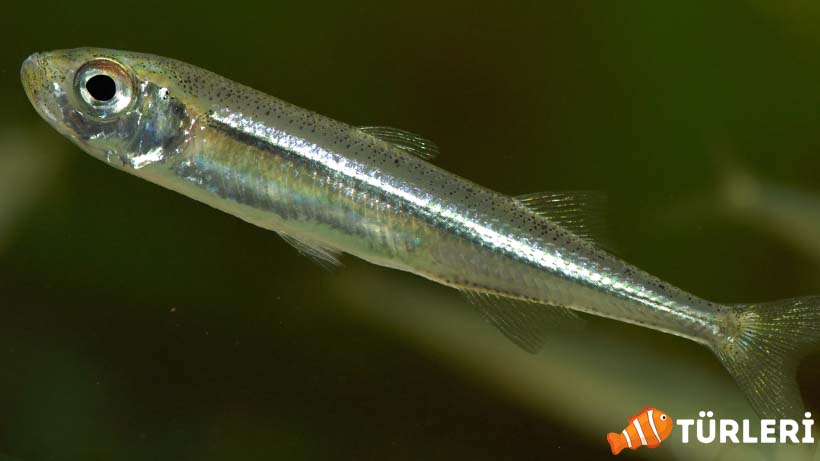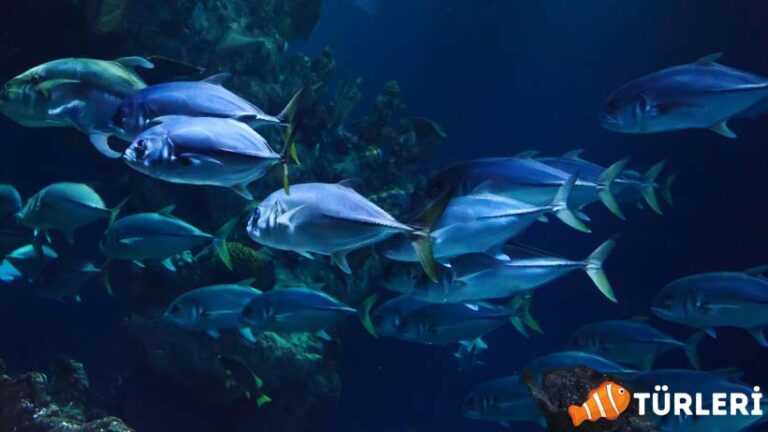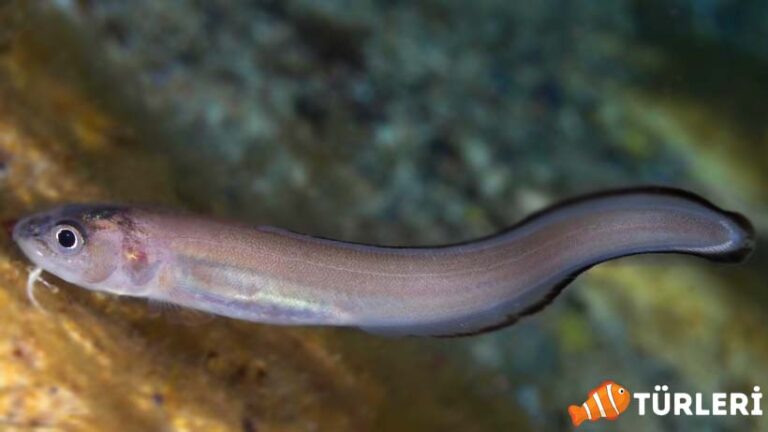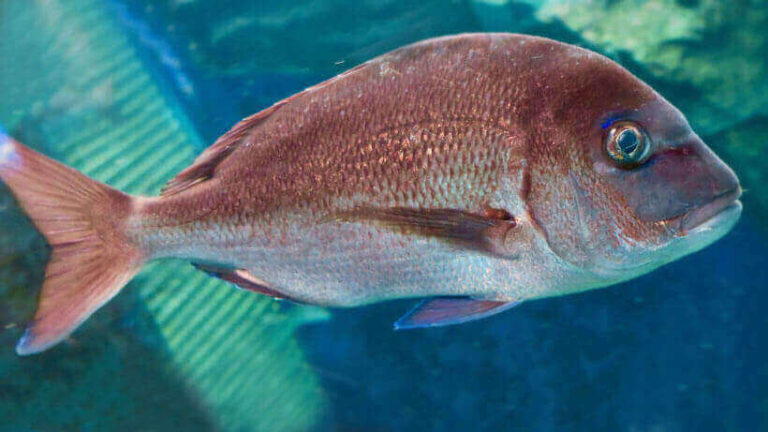Introduction to the Atherina Species
The Atherina belongs to fish genus and is a sea fish species. In this article, we will be delving into this species, which is also posed as a question in puzzles.
Candy fish is widely consumed in the cuisines of countries like Catalonia, Italy, Ukraine, Occitania, Turkey, and Greece. Atherina, commonly found in the Mediterranean, the Black Sea, and the Sea of Azov regions, are quite tasty.
Further in our article, we will discuss its features, habitat, recipes, benefits, hunting, price, and more.
Summary of the Atherina Fish Species
| Other Names: | Smelt |
| Scientific Name: | Atherina |
| Origin: | Eastern Atlantic, Mediterranean, Black Sea |
| Diet: | Carnivore |
| Adult Size: | 15 cm |
| Reproduction: | They lay eggs |
| Breeding Season: | May – July |
| Lifespan: | 2-4 years |
| Hunting: | No known prohibition |
Features
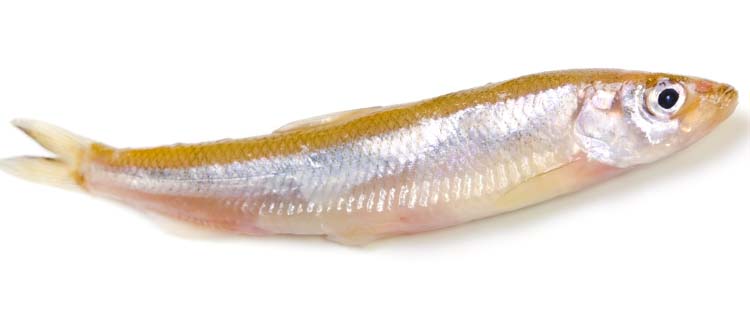
Atherinas are schooling fish. Appearance-wise, they are somewhat similar to anchovies and sardines. Depending on the region they inhabit, their length has been measured to be up to 15 cm. They possess a color that tends toward greenish-yellow and have a silver-colored stripe that runs lengthwise on their sides.
Researchers have observed their lifespan and found it to be around 4 years. It’s a tasty, edible fish with commercial value. It is particularly traded in high volumes in countries like Greece and Ukraine.
Habitat
The candy fish is not only found in saltwater but also thrives in freshwater. In Anatolia, this species can be found in lakes and dams, as well as in the seas.

The natural habitats of Atherinas are coastal areas. They thrive in stagnant or slow-moving waters. In seas, lagoons and estuaries are their primary habitats. In lakes, they can often be found in areas close to the shores, residing in waters approximately 1 meter deep.
Atherinas are evenly distributed across almost every region in Turkey. They are particularly common in lakes and ponds connected to the sea. In terms of seas, they predominantly inhabit the Mediterranean but are also found in the Black Sea and Caspian Sea basins.
Furthermore, there are a few enthusiasts who keep the rare freshwater varieties of Atherina in aquariums.
Feeding and Reproduction
Atherinas are carnivorous. They often school near riverbanks where they feed on worms, mollusks, larvae, and crustaceans.
Their spawning period begins in May and continues until July. They lay their eggs in areas not too far from the shores, especially in places rich in seaweeds. The eggs, which are laid in waters between 2 to 6 meters deep, hatch into fry that then start free-swimming in schools near the coasts.
Benefits of Sand Smelt
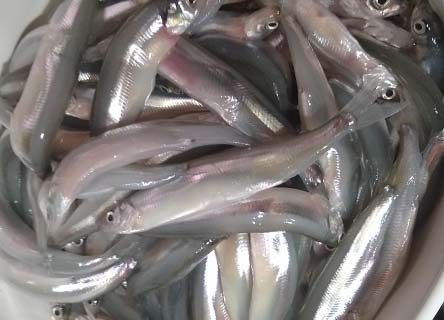
Apart from its delightful taste, the benefits of fish are countless. Sand Smelt, also known as sand smelt, is among the most beneficial fish and its consumption is highly recommended. The vitamins found in high levels in the sand smelt are:
- Omega 3
- Calcium
- Iodine
- Phosphorus
- Protein
- Vitamins A, B, and D
How to Cook Mediterranean Sand Smelt?
Sand smelt, especially fresh ones available in the summer months, is a highly flavorful fish. However, if you cook it incorrectly, you might lose all its taste. The best cooking method for this type of fish is frying it in oil.
Sand Smelt Recipe

How to cook sand smelt? Frying in a pan, baking in the oven, can it be steamed? We will give you 2 different recipes: one for frying in a pan and the other for baking in the oven. Both methods will allow you to enjoy the flavor of the sand smelt without spoiling it.
It’s not suitable to steam sand smelt. If you want to maintain the fish’s flavor, do not steam it. Its nickname as “Mediterranean delight” is undoubtedly due to its taste.
Pan Frying
This method, like anchovies, is the most preferred cooking method for sand smelt.
Ingredients:
- 1 kilogram of sand smelt
- 1.5 teaspoons of salt
- 1 cup of flour (regular or corn flour, as per preference)
- 1 cup of vegetable oil
Preparation:
- Clean the fish thoroughly, then rinse and drain off the excess water.
- Season with salt and mix well.
- Heat the oil in a pan over medium heat until slightly hot.
- Lay the fish in a circular manner in the pan or skewer them.
- Remove from the pan when they change color, place on a serving plate lined with paper towels to drain the excess oil.
- Enjoy!
Oven Baking
If you don’t want it too oily, this baking method is perfect for you.
Ingredients:
- 1 kilogram of sand smelt
- 1.5 teaspoons of salt
- Half a cup of flour
- 2 cloves of garlic
- 3 tablespoons of vegetable oil
Preparation:
- Clean and rinse the fish (start preheating the oven at this time).
- Mix the fish with salt and crushed garlic.
- Lay them neatly on a baking tray lined with parchment paper.
- Drizzle with vegetable oil.
- Bake at 180°C (approximately 356°F) for 30 minutes.
- Enjoy!
Sand Smelt Fishing

How is sand smelt cooked? Is sand smelt tasty? This fish can easily be found in areas close to the sea coasts. You can catch them under piers and in ports. To increase your chances of catching sand smelt, you should use very small hooks and thin fishing lines.
How to Catch Sand Smelt?
When preparing your fishing rig, you can use hooks sized 12-15. A line thickness of 0.10 mm would be suitable. Sand smelts are schooling fish; with the right equipment, your chances of catching them are high.
You can prepare bait for sand smelt in advance or use a small piece of meat from an available fish. Besides these, you can easily catch them using shrimp or mussel as bait.

